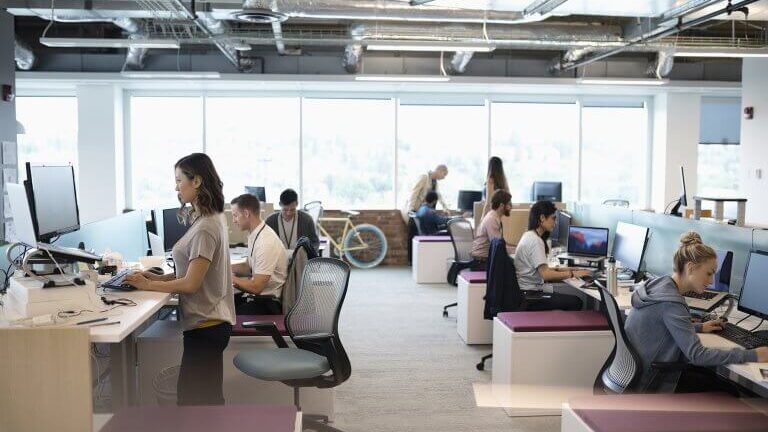Ergo Myth: Design for the Average Person
Posted on June 25, 2014 | in Ergonomics

by Michael Hoonhorst, CPE
Many safety and facility engineers think that when designing workstations, we should design for the “average” person. First of all, the “average” person does not exist. There are many different dimensions of humans. For instance, someone might be average height, but have a reach distance that is less than average. So when designing workstations or purchasing hand tools, remember that there is no average.
So who do we design for? The answer is…it depends. We have to look at the aspects of the job and what makes sense. Maybe an example would help. Let’s say we are laying out a workstation and placing tools near the workstation’s edge. If we put the tool within the average reach, less than 50% of the working population would not be able to reach for it without being in an awkward posture. In this case, we want to design for the employees that have the shortest reach distance.
So when answering the question, “Who do we design for?” first we want to “design for adjustability” in order to fit almost all employees. Secondly, we want to “design for the extremes” of the population in order to accommodate employees of various sizes. Lastly, we only design for the average when the other two options are either technically or financially not feasible.